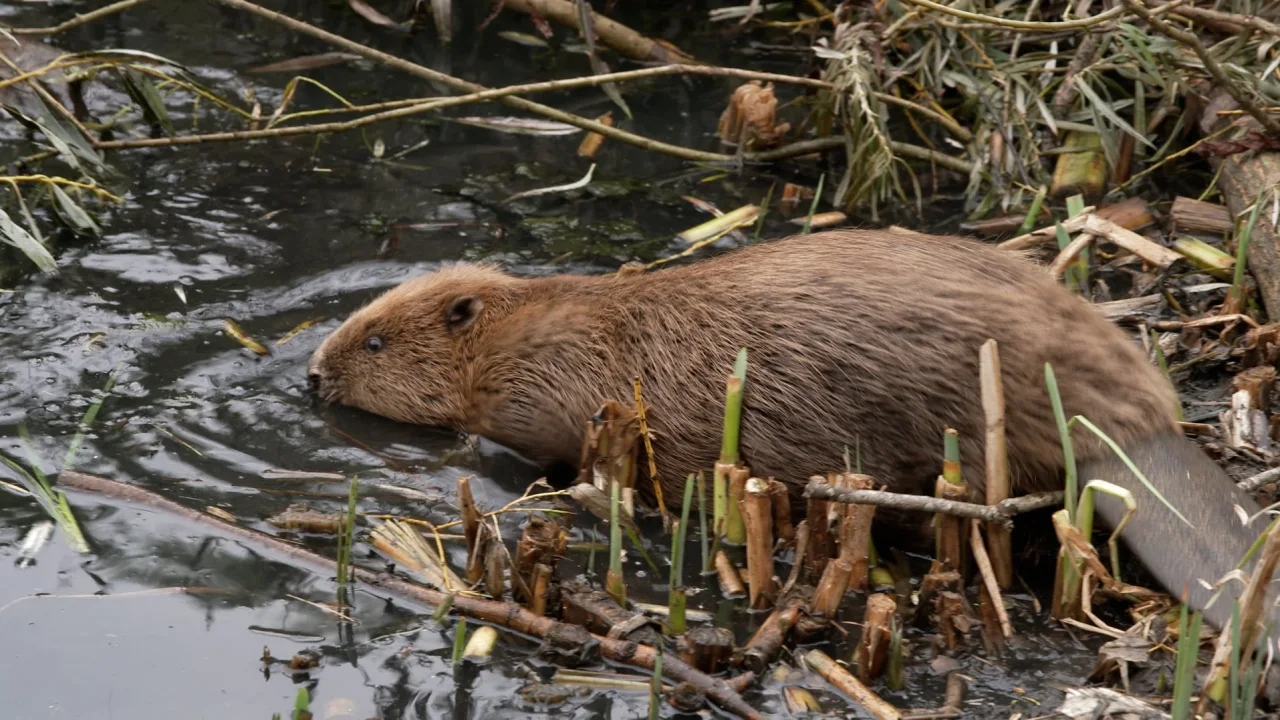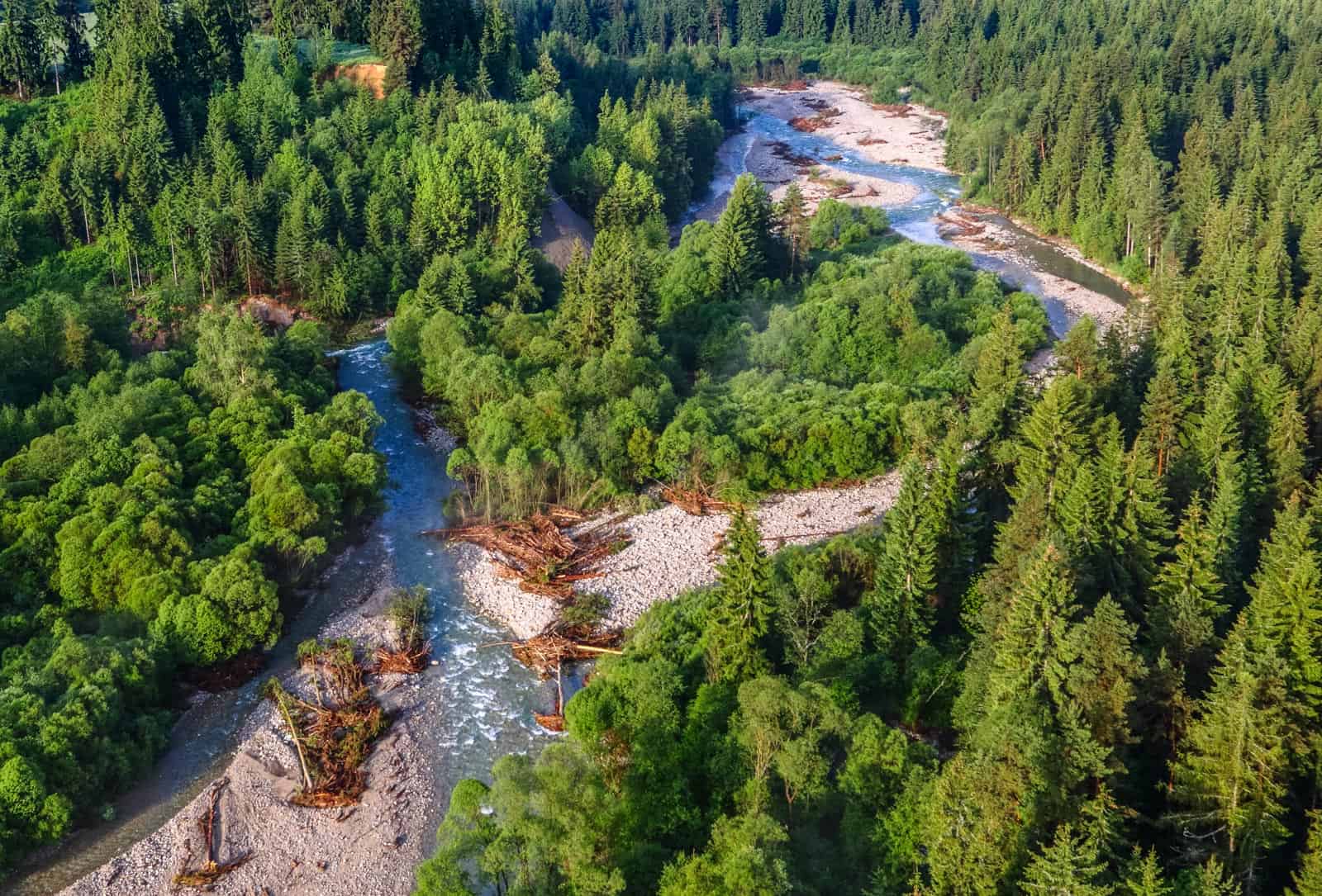World Beaver Day
Since 2009, April 7 has been celebrated as world beaver day to spread awareness about the interesting lives of beavers.
Beaver facts
Beavers can swim up to 22 km per hour thanks to their webbed hind feet.
Beavers are rodents, the second largest in the world, just a bit smaller than the capybara.
Twilight is the best time of day to spot a beaver as they are nocturnal. Spotted a beaver? Record your sighting on iNaturalist and contribute to beaver monitoring!
Beavers do not eat fish but are herbivorous. They mostly eat plants, twigs and tree bark.
Similar to whales, beavers muscles contain myoglobin proteins. These proteins bind oxygen which helps them stay underwater longer.
Beavers have a specially modified toenail with which they can take castor oil from glands near their tail and comb the oil in their fur.
Beavers can stay underwater for up to fifteen minutes. This is partly possible because they concentrate their blood flow to their brain, heart and muscles.
Young beavers stay with their parents for two years. Then, they are off to build their own lodge.
Beavers highly modify the ecosystems they live in. They are therefore considered ecosystem engineers.
Beavers as a means to reduce the impacts of droughts and floods
Beavers modify the environment to a high extent with their dam-building activities. During a very hot summer in the UK in 2022, it was found that the reintroduced beavers reduced the impacts of the drought. They had an extremely beneficial impact on the landscape. The land with the beavers remained lush green, whereas the surrounding lands turned yellow due to the lack of water.
Dry conditions lead to increasing numbers of wildfires. However, the dams built by beaver families create new wetlands which prevent wildfires from spreading.
Newly established wetlands by beavers not only prevent wildfire spread, but also provide new high-quality habitats for many other species such as birds and amphibians.
Dams and ponds created by beavers also reduce the impacts of floods. Researchers studied the change in water flow at a specific site in the UK, as part of the Cornwall beaver project. They compared the water flow before and after the beavers’ presence. They found that afterwards, the water takes an hour to pass the site, compared to 15 minutes beforehand. The surface water storage increased by approximately 1550 cubic meters. Additionally, beaver presence reduced the peak flows after heavy rainfall by 33%. All these effects lead to a better protection of the downstream village, which is prone to flooding. Hence, beavers could play a significant role in natural flood management.

Beavers back in Europe
Once widespread, the Eurasian beaver was reduced to only 1200 individuals scattered across Europe, only a century ago. Luckily, reintroduction efforts and natural spread have been successful and have led to a rapid recovery process. Beaver populations are now back in all countries within their original European range, except for Portugal, Italy, and southern Balkans. Experts expect that this recovery trend will persist in the future. Beaver populations will most probably also fully recolonize densely populated areas such as Englend and the Netherlands.
Spot the beaver
Since beavers are coming back, it is becoming easier to spot them in the wild. However, since they are nocturnal animals, it might still be a challenge to get a good look. Dawn and dusk would be the best times of day. Look for signs in the landscape that reveal the beavers might be there. For example, gnawed and felled trees, and natural dams and ponds are typical beaver signatures. The only thing left to do is sit still at the banks of the water and keep and wait for a beaver to show its face.









